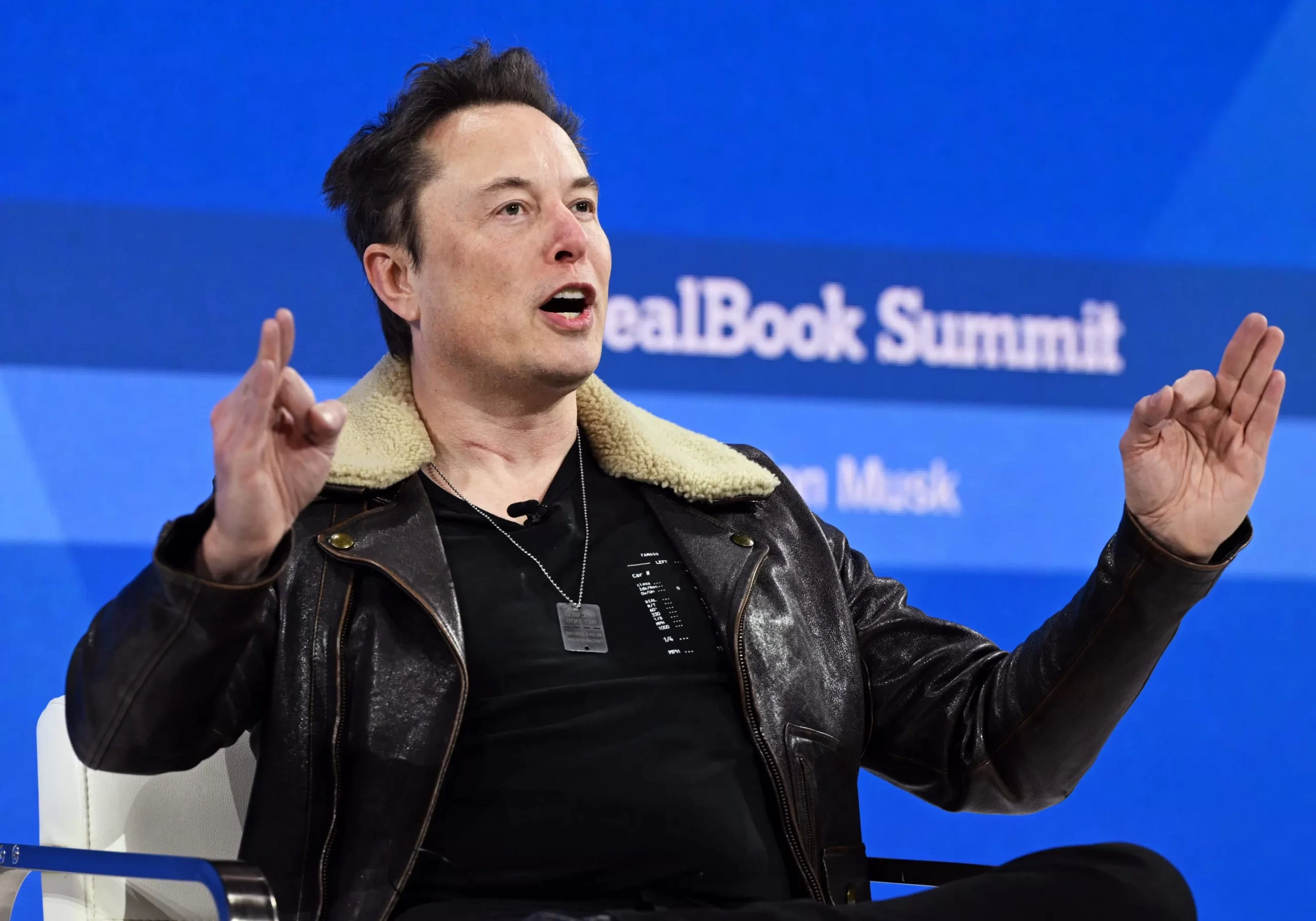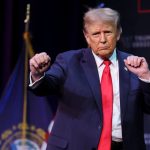Tesla’s (TSLA) stock has faced volatility in 2024, witnessing a 15% decline amid challenges such as Hertz shedding EVs, price cuts in China, production halts in Berlin, and Elon Musk’s stock demand. As Tesla prepares to announce its Q4 earnings, investors are eager for positive signs.
Analysts anticipate Q4 revenue at $25.87 billion, a 6.4% YoY rise, with adjusted EPS of $0.73, reflecting adjusted net income of $2.61 billion—a 36.4% drop YoY. Profitability decline is linked to margin pressure from Tesla’s cost-cutting initiatives in late 2022. Investors seek signs of a margin trough in Q4, anticipating slight improvement.
In Q4, Tesla delivered 484,507 vehicles, surpassing estimates, marking an all-time high. For 2023, deliveries grew 38% YoY to 1.81 million, and production increased by 35% to 1.85 million. Focus shifts to Tesla’s 2024 delivery goal, with analysts expecting around 2.19 million units, up 21% from 2023.
Analysts are keen on Tesla’s sales strategy amid global EV demand slowdown. Price cuts in China, US EV tax credits, and the updated Model 3 could boost sales, but challenges like margin-compressing price cuts and loss of tax credits persist.
A noteworthy aspect is Elon Musk‘s recent comments on his Tesla ownership stake. Musk emphasized the need for greater control to achieve Tesla’s AI ambitions, prompting speculation about a new stock-based compensation plan. Analysts seek clarification on Musk’s intentions and their potential impact on Tesla’s AI initiatives.
Despite challenges, analysts recognize Tesla’s disruptive tech leadership but acknowledge concerns if Musk pursues independent AI projects, posing a potential negative impact on the Tesla narrative.
Tesla’s CEO Elon Musk recently shared his plan to take a 25% ownership stake in the company, emphasizing its importance for the progress of Tesla’s artificial intelligence (AI) and robotics projects. This revelation has sparked discussions about Musk’s vision for Tesla’s role in shaping the future of AI and robotics.
Ownership for Collaborative Decisions:
Musk explained on X, his social media platform, that having around 25% voting control is crucial for him. He wants to be influential yet open to collaboration, striking a balance that allows decisions to be made collectively.
AI and Robotics: New Frontiers for Tesla:
Known for electric vehicles and autonomous driving, Tesla is now adding AI and robotics under Musk’s guidance. He sees these technologies as game-changers, capable of reshaping entire industries. Musk’s commitment to making Tesla a leader in this field reflects his dedication to innovation and technological leadership.
Musk’s pursuit of a 25% ownership stake would involve a new compensation plan, especially considering his ongoing legal battle over a previous pay package with Tesla investors. The legal complexities around compensation and ownership add uncertainty, attracting close attention from investors and analysts.
Future Strategies for Tesla:
Tesla’s venture into AI and robotics aligns with Musk’s broader vision. His call for increased ownership raises questions about his commitment to developing these capabilities within Tesla’s existing structure. Musk’s push for more control indicates his desire to influence Tesla’s strategic decisions significantly.
Analysts have responded with a mix of excitement and caution. Some see Musk’s move as bold and strategic, aligning with Tesla’s innovative ethos. Others express concerns about potential impacts on the company’s stability. Financial implications of a new compensation plan contribute to the overall uncertainty.
Elon Musk’s announcement about seeking a 25% ownership stake in Tesla for AI and robotics projects brings a new perspective to the company’s future. As Tesla continues its innovative journey, Musk’s vision emphasizes a commitment to maintaining control that aligns with his ambitious goals. The upcoming months will provide more clarity on Musk’s ownership aspirations as Tesla delves into the realm of AI and robotics.
Shayne Heffernan









